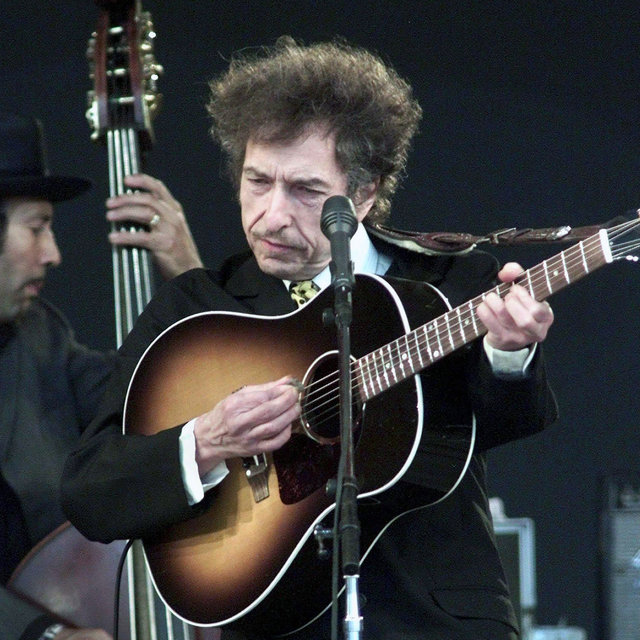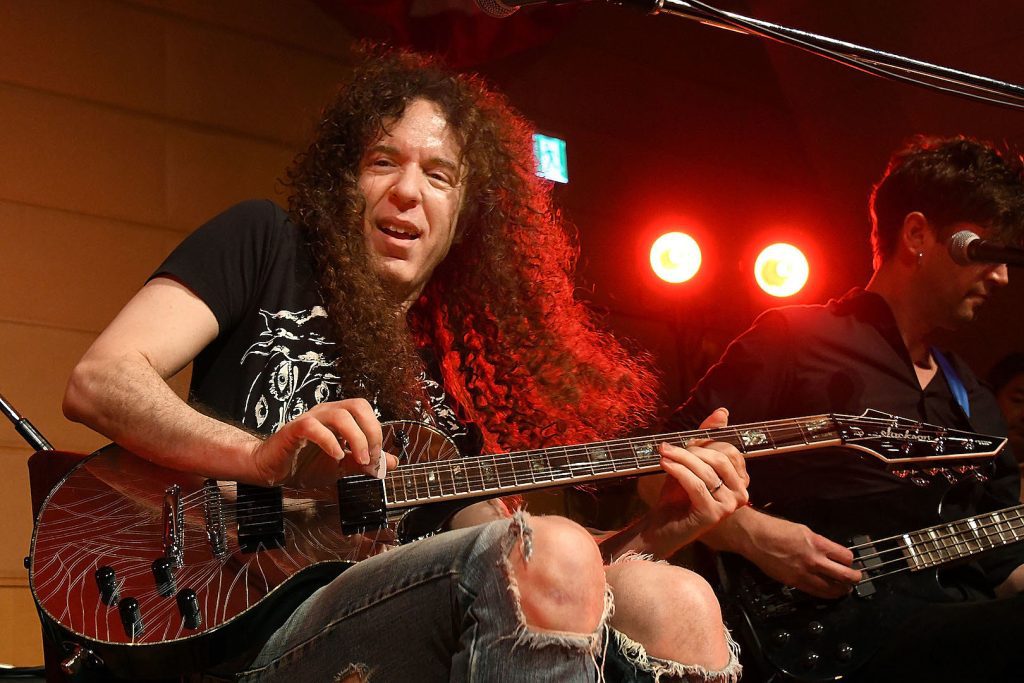The history of guitar music in Sweden dates back several centuries, with the instrument being introduced to the country in the 17th century. Initially, the guitar was primarily used in classical music and folk traditions. However, over time, it has evolved and become an integral part of various genres, including rock, jazz, and experimental music.
Sweden has produced many notable guitarists who have made significant contributions to the music world. One such guitarist is Janne Schaffer, who gained fame as a member of the Swedish rock band ABBA. Schaffer’s melodic and expressive playing style has made him one of the most respected guitarists in Sweden.
Another influential Swedish guitarist is Ola Englund, known for his work in the metal genre. Englund’s technical prowess and innovative approach to guitar playing have earned him a dedicated following both in Sweden and internationally.
The rise of experimental techniques in Swedish guitar music
Swedish guitarists have been at the forefront of pushing the boundaries of traditional guitar playing and exploring experimental techniques. One such technique is alternate tunings, where the strings of the guitar are tuned to different pitches than the standard tuning. This allows for unique chord voicings and unconventional sounds.
Another experimental technique used by Swedish guitarists is extended techniques. This involves using unconventional methods to produce sound from the guitar, such as tapping on the body or using objects to create percussive effects. Swedish guitarist David Stackenäs is known for his innovative use of extended techniques, creating a wide range of sounds that go beyond traditional guitar playing.
The influence of traditional Swedish music on modern guitar playing

Traditional Swedish music has had a significant influence on modern guitar playing in Sweden. The rich folk traditions of the country have provided a wealth of inspiration for many guitarists. They incorporate elements such as intricate fingerpicking patterns and modal scales into their playing.
One guitarist who has embraced traditional Swedish music is Göran Söllscher. Söllscher is known for his interpretations of classical guitar music, often incorporating Swedish folk melodies into his performances. His unique blend of classical technique and Swedish folk influences has made him a respected figure in the guitar community.
The use of unconventional instruments in Swedish guitar music
Swedish guitarists are known for their willingness to experiment with unconventional instruments in their music. One such instrument is the nyckelharpa, a traditional Swedish string instrument. Guitarist Roger Tallroth is known for his mastery of the nyckelharpa and often incorporates it into his performances, creating a unique blend of guitar and traditional Swedish sounds.
Another unconventional instrument used by Swedish guitarists is the lap steel guitar. This instrument is played by sliding a metal bar or glass slide along the strings, creating a distinctive sound. Swedish guitarist Johan Johansson is known for his virtuosic lap steel playing, combining elements of blues, rock, and traditional Swedish music.
Collaboration and innovation in the Swedish guitar community
The Swedish guitar community is known for its collaborative and innovative nature. Guitarists often collaborate with other musicians from different genres, resulting in unique and groundbreaking music. This spirit of collaboration has led to the creation of new sounds and styles that push the boundaries of traditional guitar playing.
One example of this collaborative spirit is the band “Tonbruket,” which features guitarist Johan Lindström. The band combines elements of jazz, rock, and folk music to create a distinctive sound that is both innovative and accessible. Their willingness to experiment with different genres and collaborate with other musicians has earned them critical acclaim both in Sweden and internationally.
The impact of technology on Swedish guitarists’ sound
Technology has had a significant impact on the sound of Swedish guitarists. The use of effects pedals, digital modeling amps, and recording software has allowed guitarists to create a wide range of sounds and textures. Swedish guitarist Mattias IA Eklundh is known for his innovative use of technology, incorporating complex looping and sampling techniques into his performances.
Another guitarist who has embraced technology is Hedvig Mollestad Thomassen. Thomassen uses a combination of analog and digital effects to create a unique blend of heavy rock and experimental sounds. Her use of technology has allowed her to push the boundaries of traditional guitar playing and create a sound that is distinctly her own.
The role of improvisation in Swedish guitar music
Improvisation plays a crucial role in Swedish guitar music, allowing guitarists to express themselves creatively and explore new musical ideas. Many Swedish guitarists incorporate improvisation into their performances, creating spontaneous and dynamic music.
One guitarist known for his improvisational skills is Reine Fiske. Fiske is a member of the band Dungen and is known for his fluid and expressive playing style. His ability to seamlessly blend different musical styles and improvise on the spot has made him a respected figure in the Swedish guitar community.
The importance of individuality in Swedish guitar playing
Individuality is highly valued in Swedish guitar playing, with each guitarist striving to develop their own unique style and sound. This emphasis on individuality has led to a diverse range of guitarists with distinct playing styles.
One guitarist who exemplifies this individuality is Mattias “IA” Eklundh. Eklundh’s playing style is characterized by his use of unconventional techniques, such as tapping, sweeping, and hybrid picking. His unique approach to guitar playing has earned him a dedicated following and made him one of the most influential guitarists in Sweden.
The future of Swedish guitar music and its global impact

The future of Swedish guitar music looks promising, with many talented guitarists making waves on the international music scene. These guitarists are pushing the boundaries of traditional guitar playing and creating innovative and exciting music.
One such guitarist is Yngwie Malmsteen, known for his virtuosic playing and neoclassical style. Malmsteen’s technical prowess and unique blend of classical and rock influences have earned him a dedicated following worldwide.
Another guitarist making an impact on the global music scene is Hedvig Mollestad Thomassen. Thomassen’s heavy rock sound and experimental approach to guitar playing have garnered critical acclaim both in Sweden and internationally.
Conclusion: celebrating the diversity and creativity of Swedish guitarists
The Swedish guitar scene is a vibrant and diverse community, with guitarists pushing the boundaries of traditional playing and creating innovative and exciting music. From experimental techniques to the incorporation of traditional Swedish music, Swedish guitarists continue to make significant contributions to the music world.
The collaborative and innovative nature of the Swedish guitar community has led to the creation of new sounds and styles that have had a global impact. The use of technology has allowed guitarists to enhance their sound and explore new musical possibilities. Improvisation plays a crucial role in Swedish guitar music, allowing guitarists to express themselves creatively and create dynamic performances.
The emphasis on individuality in Swedish guitar playing has resulted in a diverse range of guitarists with unique playing styles. The future of Swedish guitar music looks promising, with many talented guitarists making waves on the international music scene. Overall, the diversity and creativity of Swedish guitarists should be celebrated for their contributions to the music world.
